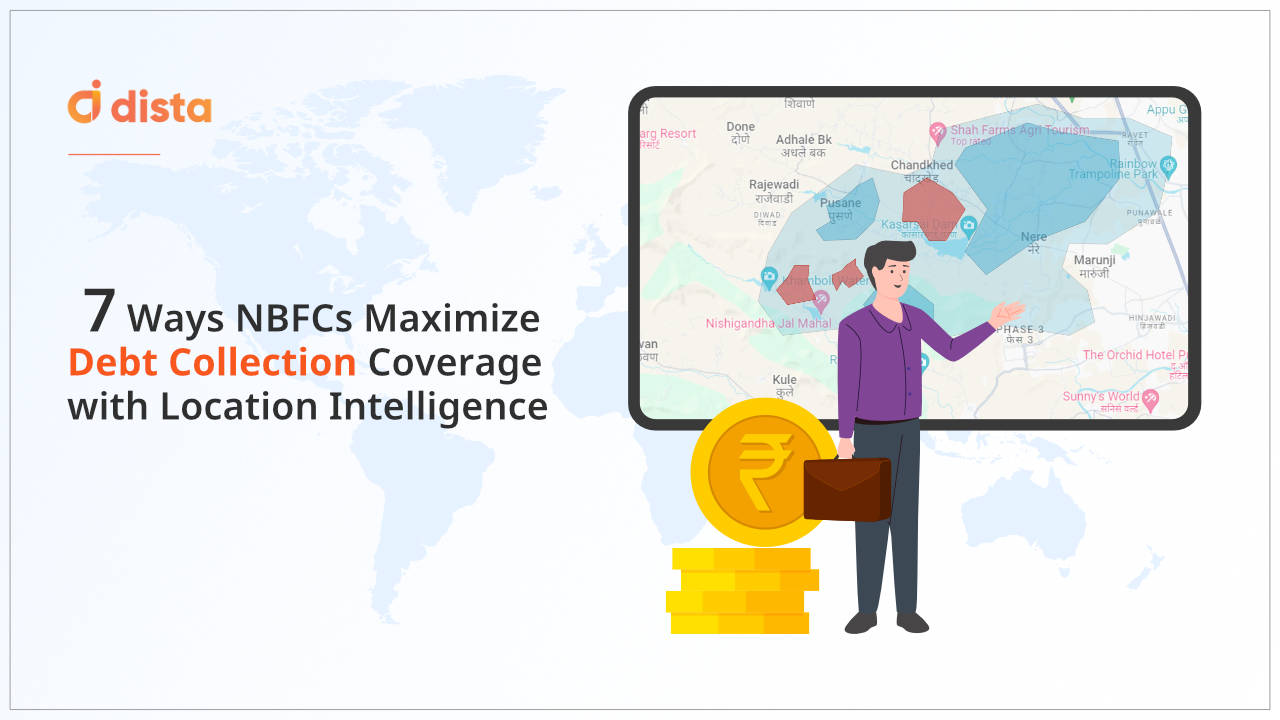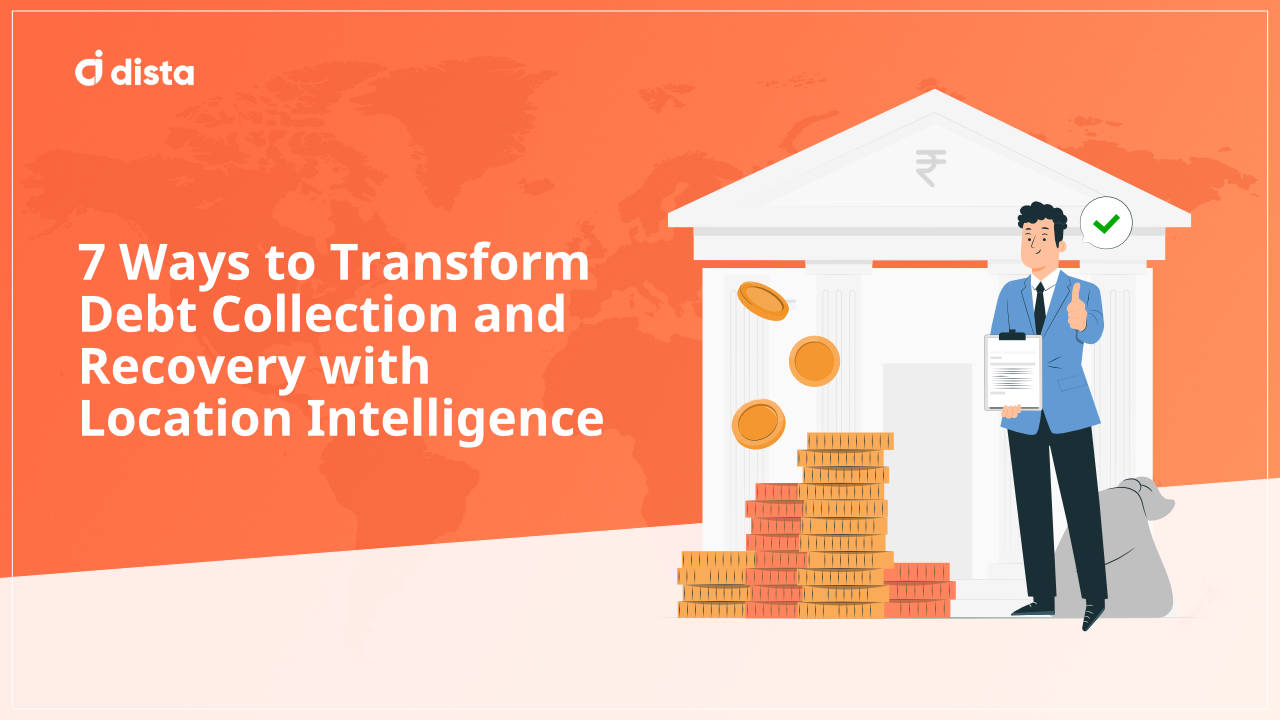Today, any organization with a large carbon footprint seeks green energy solutions to implement in the long term and become more sustainable. After all, there is an inherent environmental, financial, and social responsibility for this practice.
The supply chain of any large-scale organization or enterprise singlehandedly accounts for nearly 80% of greenhouse gas emissions. These emissions have a direct ecological impact on air, water, and biodiverse resources that maintain the environmental balance.
With an efficient supply chain, the organization can achieve sustainable goals while ensuring the clever use of limited resources. Sustainability in the supply chain primarily focuses on environment-friendly goals for growth. So, the only question remains: what are the best practices for building a sustainable supply chain?
Here is a comprehensive overview of sustainable SCM.
Address Common Supply Chain Problems
Lack of visibility in the existing supply chain is a significant hurdle for companies. The sheer complexity of these processes can slow down business operations.
Lack of funds for procuring resources and problems with implementation can disrupt efficient supply chains. Also, lacking essential tools and insights to deploy a sustained supply chain triggers a sharp slowdown in growth.
Business must primarily address the specific supply problems and ask these questions:
- What does the customer need, how, and when?
Planning starts with matching demand to supply for the target customer. Assess if you can manufacture, build, and deliver the product that is in current demand.
- Is your manufacturing set up to meet demand?
Is the business ready for the assembly, inspection, testing, packaging, and delivery of the products in demand?
- Are protocols for delivery set in place?
A crucial step in supply chain management planning is delivery. Assess if you have defined roles for every task in the supply chain from scheduling to route optimization.
- Can the company also handle returns?
Customer support and product returns are also an integral part of supply chain management. Companies must set up policies for return and enable protocols for collecting the goods.
Asking the right questions can help you find answers to address flaws and optimize your supply chain. Sustainable practices can be implemented only if the business aligns its demand and supply goals with warehouses, distribution centers, and the end customer.
7 Ways You Can Optimize Your Supply Chain
Once your supply chain management is optimized to handle priority demand, you can focus on making the process more sustainable. A comprehensive platform with ingenious AI enabled data analytics and solutions provided by Dista simplifies this optimization.
Here are 7 effective ways to incorporate these tools and achieve that level of sustainability.
1. Smartly Analyze Demand-supply
Supply directly depends on current demand. Use visual mapping for a particular territory to understand the current need and match the required supply.
Analyzing and visualizing delivery routes helps boost your production volumes to meet this demand. You can directly increase supply with a limited number of trips. This further improves your end-to-end daily order supply logistics with intelligent use of limited resources. Knowing your customer, assessing their demand, and planning dispatch will create a sustainable supply chain.
2. Visualize Sustainable Supply Solutions
An efficient territory management and mapping solution will enable better supply chain visualization. It’s a critical step after analyzing the demand that needs to be met for a particular territory. Use AI and Geospatial analytics to identify the gaps in the supply chain. You must:
- Plan first-mile delivery
Visualize your first-mile delivery to optimize the transportation of goods from merchants and vendors to the warehouse.
- Optimize Middle mile delivery
Next, focus on improving logistics for middle-mile delivery. Do this to ensure smooth, hassle-free movement of goods from the warehouse to fulfillment centers.
- Enhance last-mile delivery
Finally, focus on planning, scheduling, and routing the movement of goods from the
warehouse/fulfillment centers to the end customer.
Valuable insights into map-based customer tracking will help optimize the movement of goods. Intelligent logistics planning also discovers new opportunities to reach more customers. Here is an example of a customer success story featuring clients who benefit from Dista’s innovative solutions.
3. Simulate Supply Chain Logistics
Running logistical simulations helps you prepare for any hiccups that may affect the supply chain. You can also redirect valuable time and resources to plan a more sustainable process and implement it faster. Factors like types of product supplied, average order size, and customer territory mapping are necessary for this type of simulation.
The hub and spoke model has, time and time, proven to be an efficient simulation model to identify the most valuable demand in a geographic location.
Simulating supply using geospatial solutions will:
- Identify the most suitable warehouse and distribution centers in an area
- Improve logistics for supplying customers from central hubs in that area
- Use sustainable alternatives for goods delivery and labor logistics
- Schedule deliveries using the most efficient route to lower running operation costs
- Design strategic supply chain models using geospatial AI-enabled software
4. Use Software to Optimize Supply Design
An automated workflow can help you lower the delivery cost, optimize resource utilization, and boost overall operations. Dista smartly enables you to scale operations while remaining sustainable with AI-enabled fulfillment, clustering, and analytics insights. All data is analyzed in real-time to optimize your first, mid, and last-mile supply logistics.
Using the software, you can:
- Improve dynamic delivery allocation and fulfillment
- Use location tracking algorithms to schedule deliveries
- Avoid overlapping deliveries with intelligent cluster algorithms
- Use performance metrics to assess supply logistics
Designing and implementing supply chain logistics will automatically trigger the shift into sustainable supply operations for businesses. Planning with territorial mapping, automated scheduling, and using real-time insights can help supercharge your supply chain efficiently.
5. Focus on Reverse Logistics
Maximizing value from company assets also plays a critical role as part of your reverse logistics to become more sustainable. At any given point in the supply chain, efficient reverse logistics helps reduce and control the organization’s administration and operation running costs.
Protocols for efficiently receiving materials from vendors, warehouse products, and customer returns will improve these logistics.
6. Optimize Transportation
Transportation is another major factor that accounts for nearly a third of the supply chain emissions. Improving transportation modes and switching to environment-friendly vehicles can help reduce this carbon footprint.
Businesses can use electric cars and bulk goods carriers to lower emissions. Simplified movement of goods from the production facility to warehouses and finally to distribution networks will further reduce the organization’s footprint.
An intelligent dispatch management software can help you:
- Plan and optimize existing delivery routes
- Assess dispatch options available to match the current demand
- Assign the best resources, including drivers and delivery vehicles
7. Reduce Product Carbon Footprint
Carbon footprints vary depending on the industry. Mainly, supply and distribution channels account for a significant part of the company’s value chain. As a result, addressing all the pain points within the supply chain can help overcome issues that affect sustainable supply.
Sourcing sustainable materials, improving chain visibility for smooth operations, and forecasting demand more efficiently have a positive impact. Finding alternatives to existing processes can also help lower the carbon footprint.
Final Thoughts
Industry leaders must accelerate the transition into sustainable practices by setting an example for everyone in the industry. Dista Deliver, our delivery management software, offers innovative AI enabled automation and optimization for logistics and solutions to improve your supply chain logistics.
Book a demo today and discover how location intelligence and AI integration can drive sustainable business growth.













